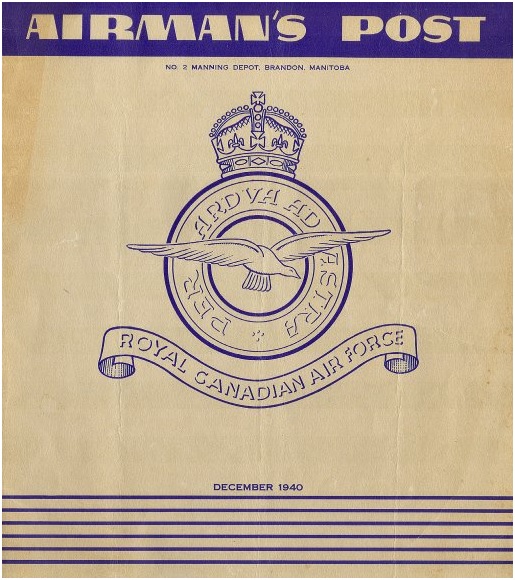
On April 11, 1966, an Army company became separated and found itself under fierce fire. With mortars landing in their perimeter and machine gun fire racing in, the casualties started to mount. When Airman 1st Class William Pitsenbarger arrived for the wounded, it quickly became apparent that the infantry was losing the ability to defend itself and conduct medevac at the same time. So, he requested permission to join the ground fight.
In the jungle, he directed the evacuations under fire until it became too fierce for the helicopters to stay. Given a last chance to fly out, Pitsenbarger gave up his seat to a wounded man and stayed on the ground to serve as a medic. Overnight, he kept giving medical aid and resisting the enemy until he succumbed to multiple gunshot wounds.
In September, 1966, he posthumously became the first enlisted airman to receive the Air Force Cross. It was later upgraded to the Medal of Honor.
Now, his bravery and the struggle to have his valor honored at the highest level is set to hit the big screen. Check out the trailer below for
The Last Full Measure
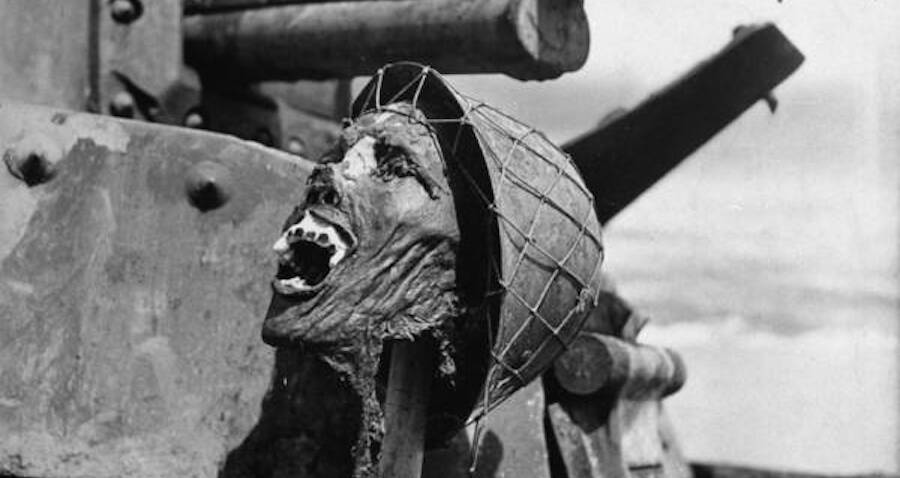
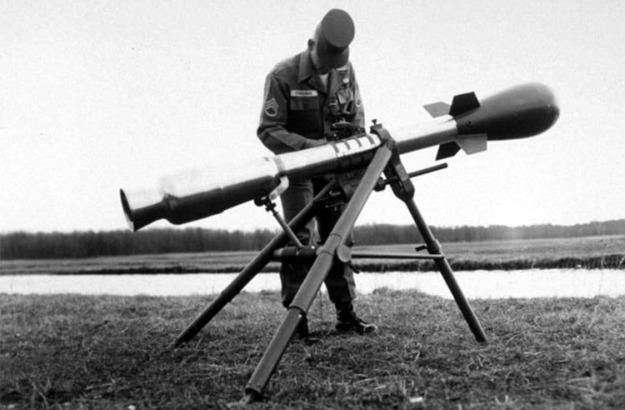

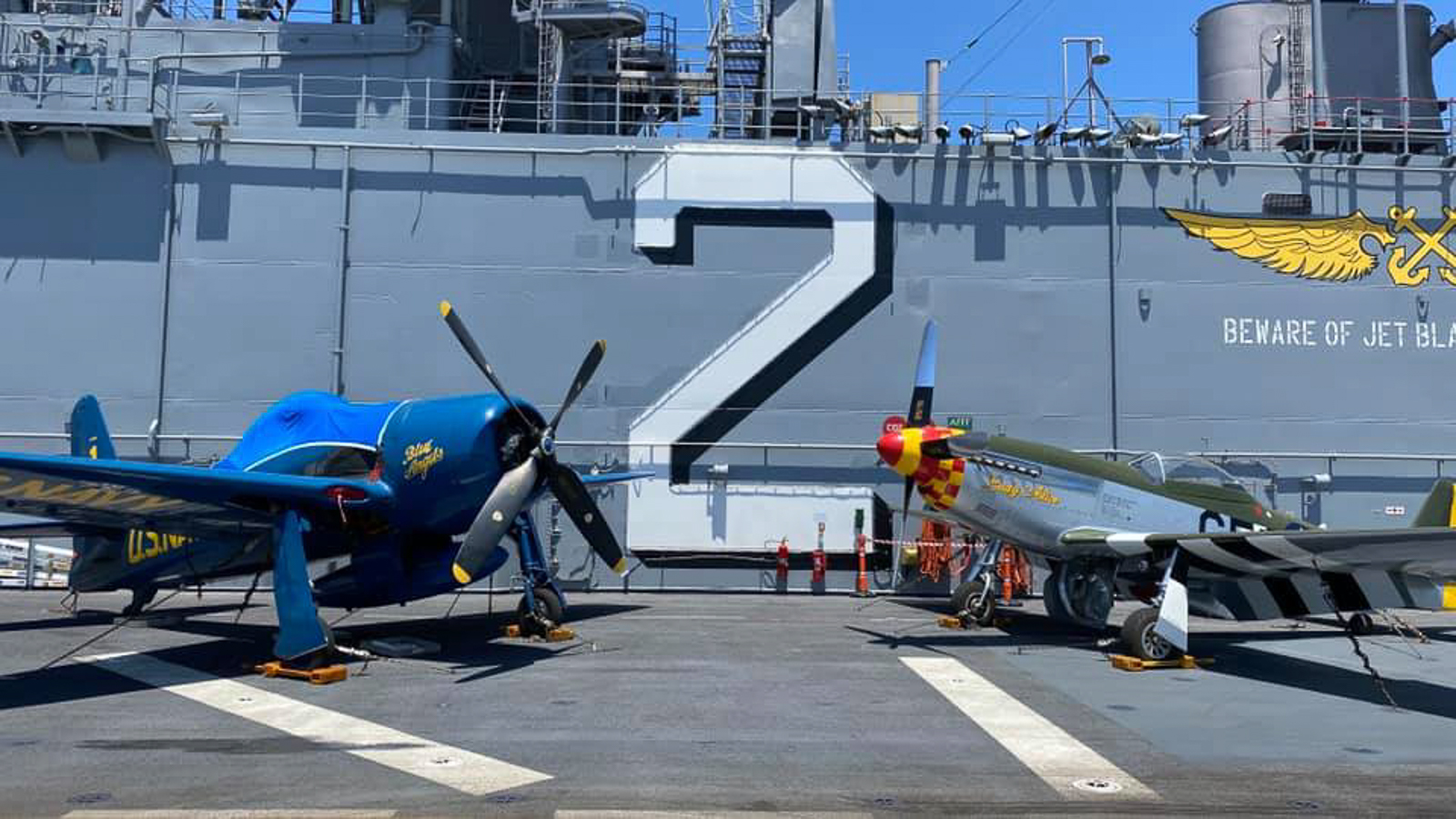
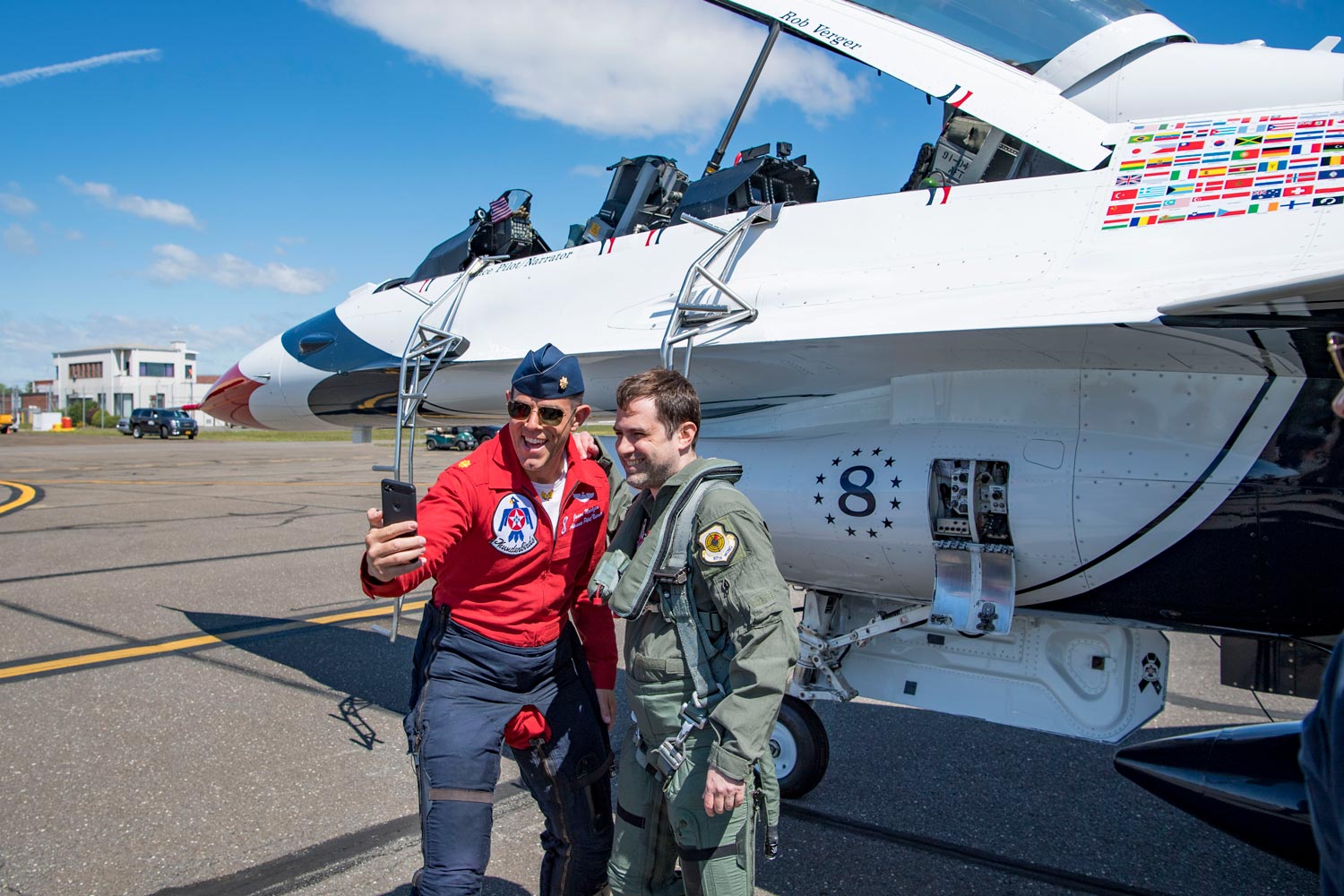
 www.popsci.com
www.popsci.com
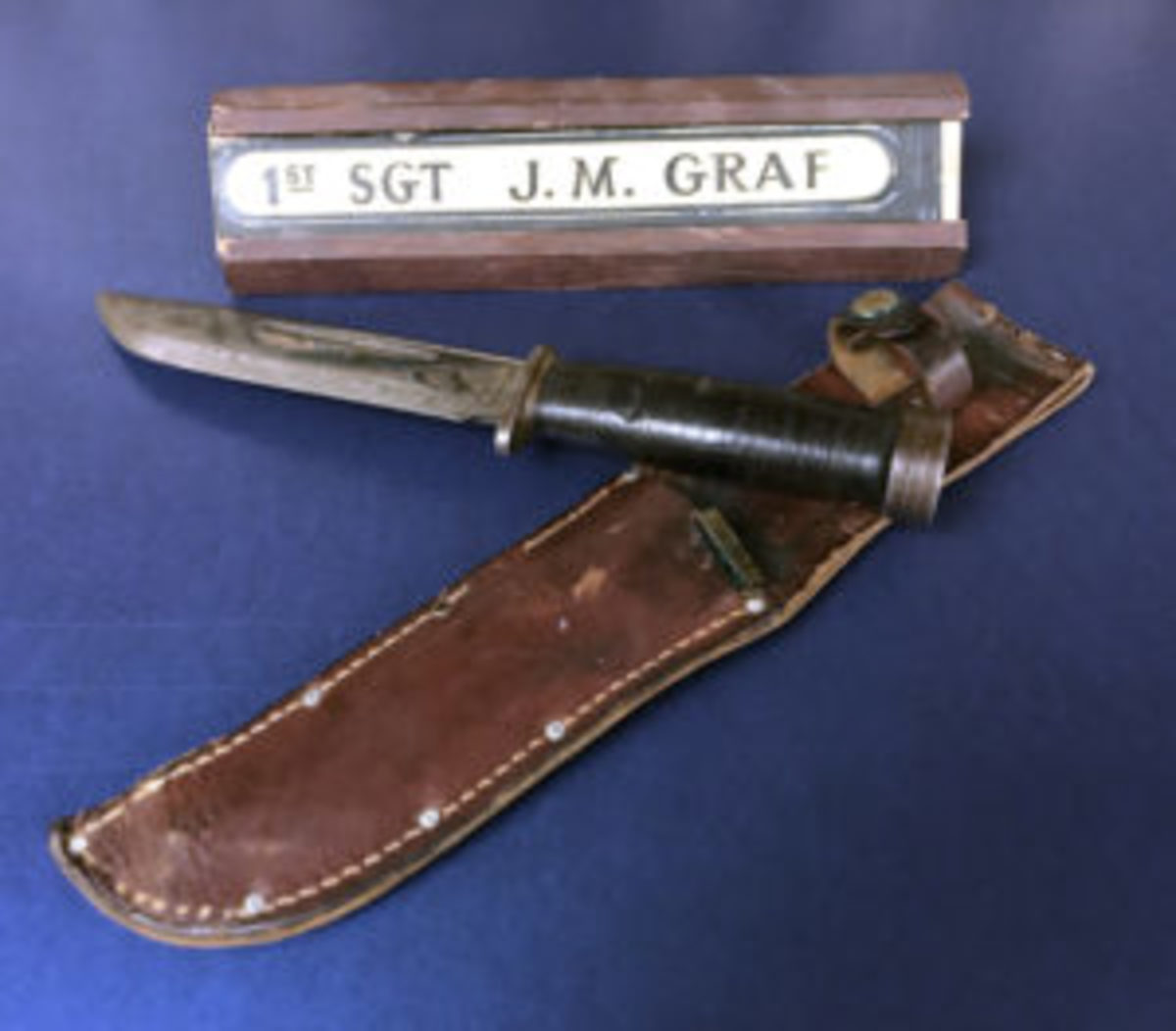
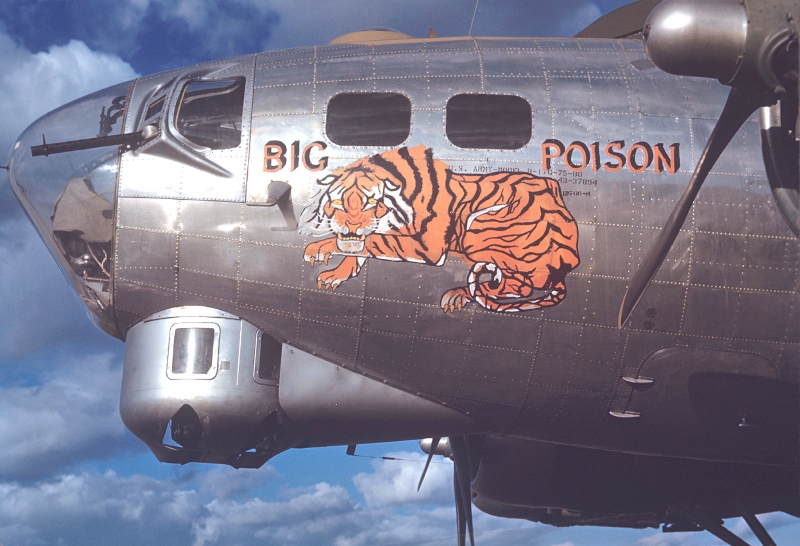
 inchhighguy.wordpress.com
inchhighguy.wordpress.com
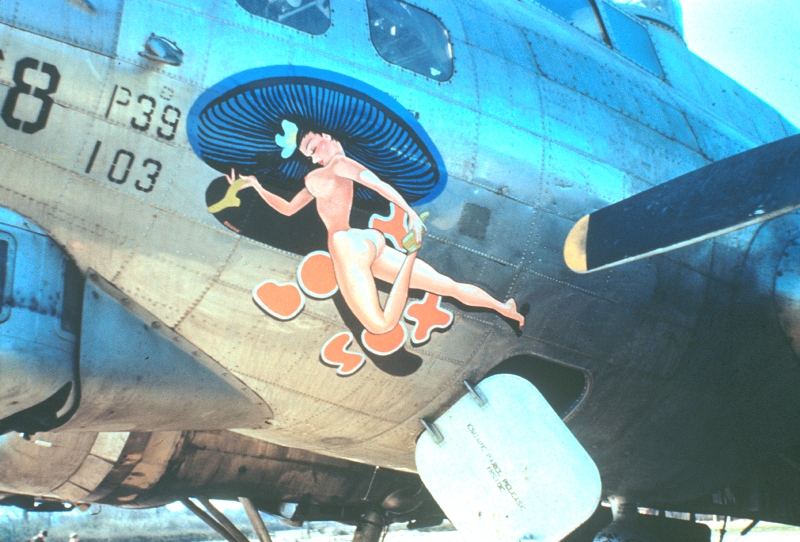
 inchhighguy.wordpress.com
inchhighguy.wordpress.com
